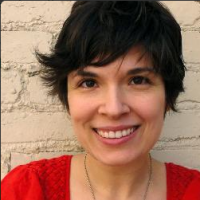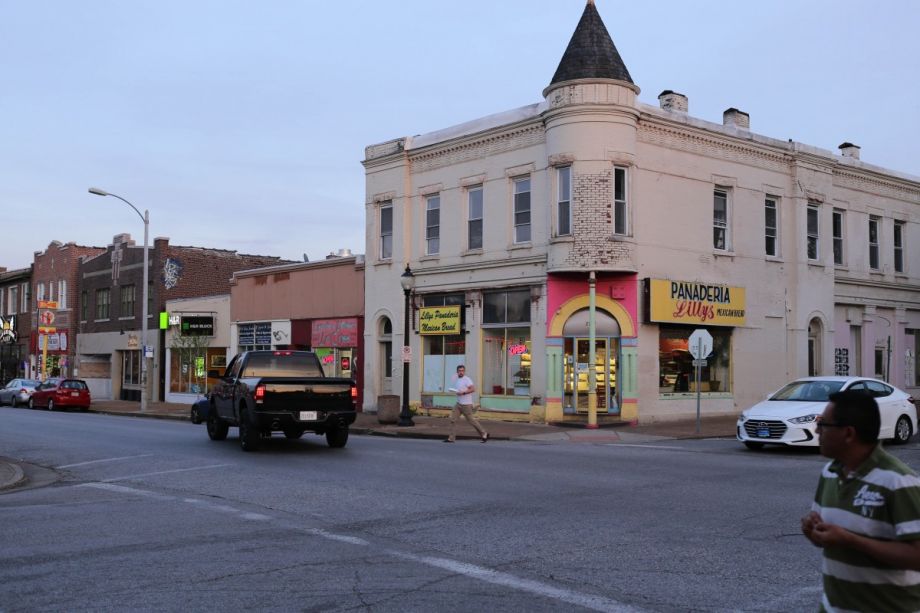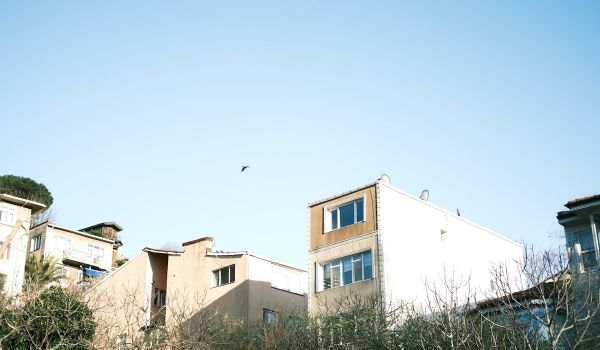The St. Louis Planning Commission on Wednesday voted to adopt the Gravois-Jefferson Historic Neighborhoods Plan, a new guiding document created by community organizations, an architecture firm and input from many, many residents.
The plan, the “collective vision” of residents, planners and organizers in shaping the community in the years to come, includes the Gravois Park and Benton Park West neighborhoods, as well as a large part of the Dutchtown neighborhood and a small part of the Mount Pleasant neighborhood, NextSTL reports. These are some of the most dense and diverse neighborhoods in St. Louis, the plan says, with a population comprised of 78% people of color. These are also among the city’s poorer neighborhoods; 39% of households live in poverty, and the median household income, at $24,500, is significantly lower than that of St. Louis as a whole, at $35,700. Homeownership rates are low as well, and home values are below that of neighborhoods elsewhere in the city.
St. Louis’s segregated past goes a long way toward explaining the persistent poverty and low rates of homeownership. St. Louis is still among the ten most segregated cities in the country, the St. Louis American reports. The region got an “aggressive start—earlier than the rest of the country”—on exclusionary zoning and racial deed covenants, tools that allowed white people to move to the suburbs and begin building wealth, leaving African-Americans stuck in the inner city in rapidly decaying public housing.
So what to do? Decades of disinvestment won’t be solved overnight, but the plan points to a series of concrete actions that plan implementors can take now, based on conversations with residents. (Notably, the plan is frank about the problems with traditional community engagement: “public meetings [are] known for monotonous conversation and mediocre food,” the report says dryly.) The plan team, made up of Dutchtown South Community Corporation, Rise Community Development, UrbanWerks Architecture and Design and a resident steering committee, made efforts to meet people where they were. Surveyors in particular reached out to local youth, who make up 40% of the population in the neighborhood, visiting a rec-center pool party and even a high school lunchroom, Next City reports.
After the team gathered suggestions from neighborhood residents, they then sorted the ideas into eight major themes, the order determined by the community’s preferences: safety, youth and education, employment and business development, housing, and so on. Within each category, action items ranked as high priorities by the community received a badge marking them as such. Among the changes requested by the community: supporting neighborhood association and block captain programs (and making neighborhood associations more representative of their communities), improving police relations, and proactively preventing crime through programs that provide jobs and keep children in school.
“We heard that the needs of the community are not just about the size of the street and what the buildings look like,” Carrick Reddin, a project manager with Rise Community Development, told Next City last month.
Implementation of the plan, which has been in the works since fall 2016, is scheduled to begin this summer.

Rachel Kaufman is Next City's senior editor, responsible for our daily journalism. She was a longtime Next City freelance writer and editor before coming on staff full-time. She has covered transportation, sustainability, science and tech. Her writing has appeared in Inc., National Geographic News, Scientific American and other outlets.
Follow Rachel .(JavaScript must be enabled to view this email address)












